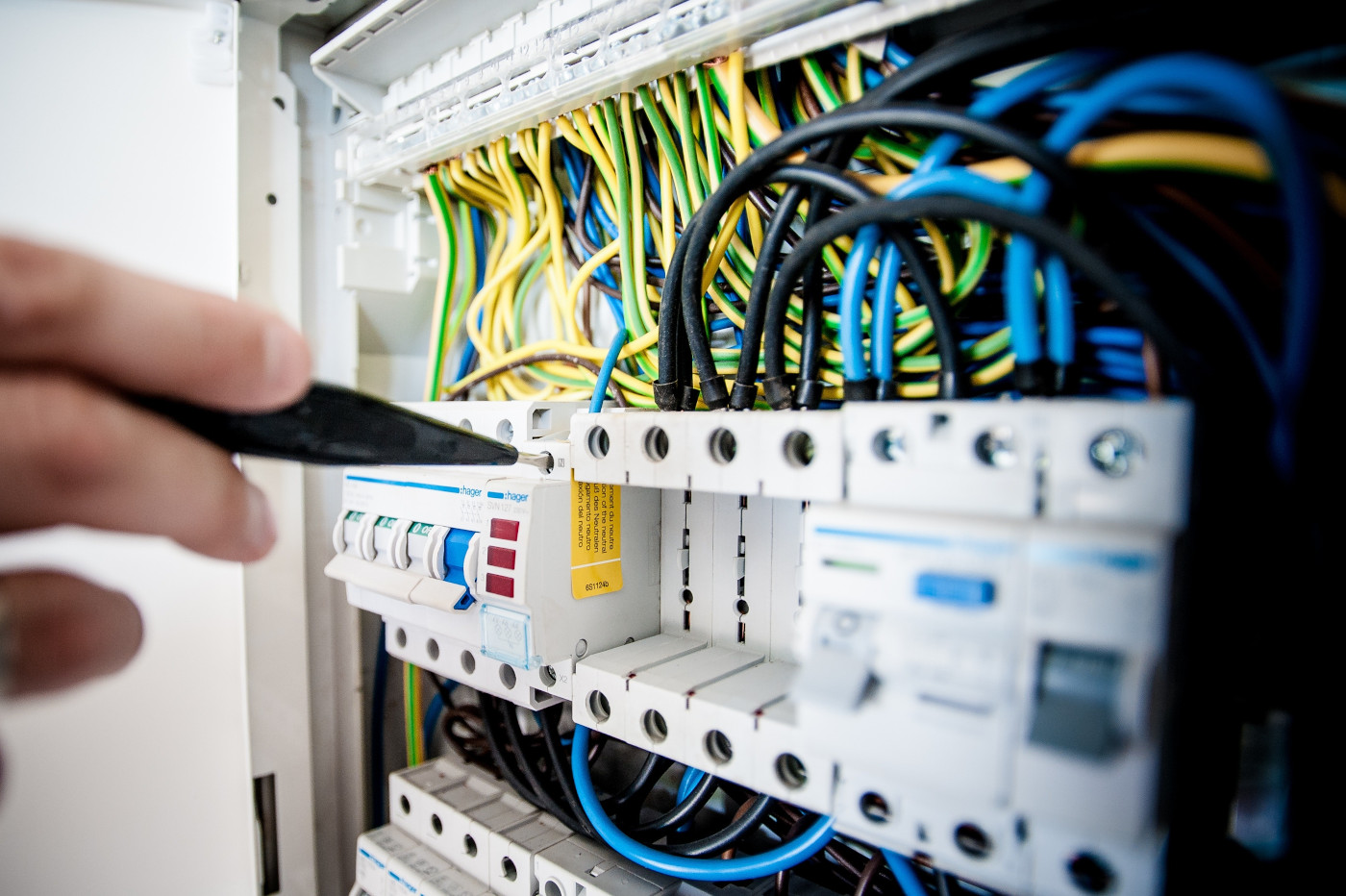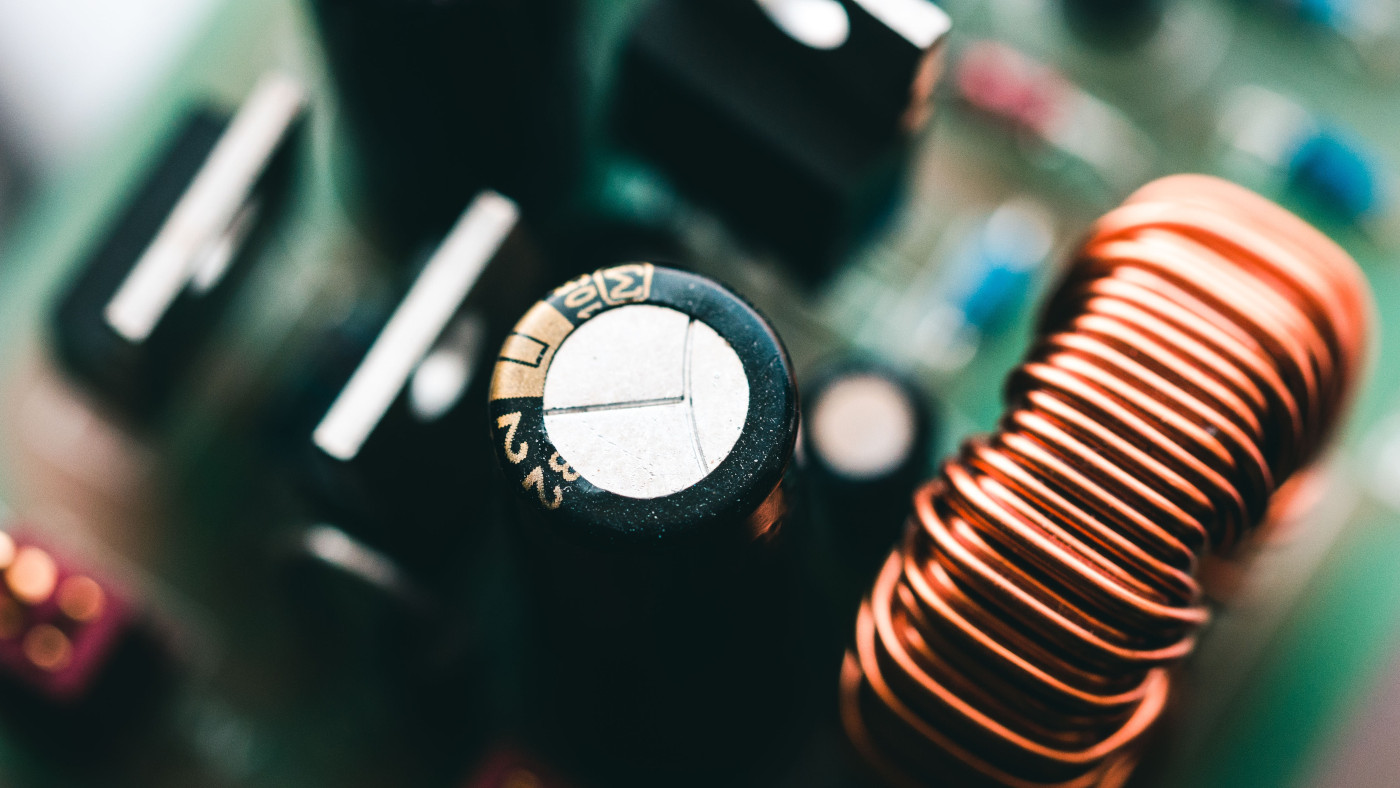Knowledge can inspire imagination.
How much current and heat the surface mount device (SMD) packages can handle?
There is an impression that the capability of small form factor surface mount device (SMD) packages in handling current and heat is limited. This is not true, at least the limitation does not come from the package itself. For
“All you need is less”
Silicon carbide (SiC) Schottky rectifiers are extremely fast with zero minority carrier (hole) reverse recovery charge (Qrr). The only charge participated during the switching of SiC Schottky Rectifiers is the majority carrier (electron) junction capacitive charge (Qc). The Qc of
Modularization is a good way to go for high-speed circuit design with WBG devices
Many people consider that the design concept in power electronics system (usually in the tens to hundreds kHz range traditionally) is different from the high frequency circuit design (in the tens to hundreds of MHz range), but the story
C-V curve matters for quiet power electronics
Key Takeaways: Abrupt change of Cgd causes uncontrolled high dV/dt during switching transients results in oscillations and generates EMI. Abrupt change of Cgd with Vds has adverse effect on EMI/EMC. Device with smoother C-V curve performs better. Abrupt change of
Why using newer Si SJ MOSFETs may not be a good idea for high frequency switching
Key Takeaways: Output capacitance Coss related loss is the major switching loss in resonant soft switching.New generations of silicon super junction MOSFETs (SJ MOSFETs) dissipate more energy per switching cycle than legacy ones.Hysteresis of new generations of silicon super junction is
A lower forward voltage drop does not always bring benefits
Schottky barrier diode (SBD) is unipolar device, which means electron (majority carrier) is the only carrier that conducts current during the normal operation of Schottky diode. SiC, because of its wide bandgap, exhibits a higher Schottky barrier compared to Si






